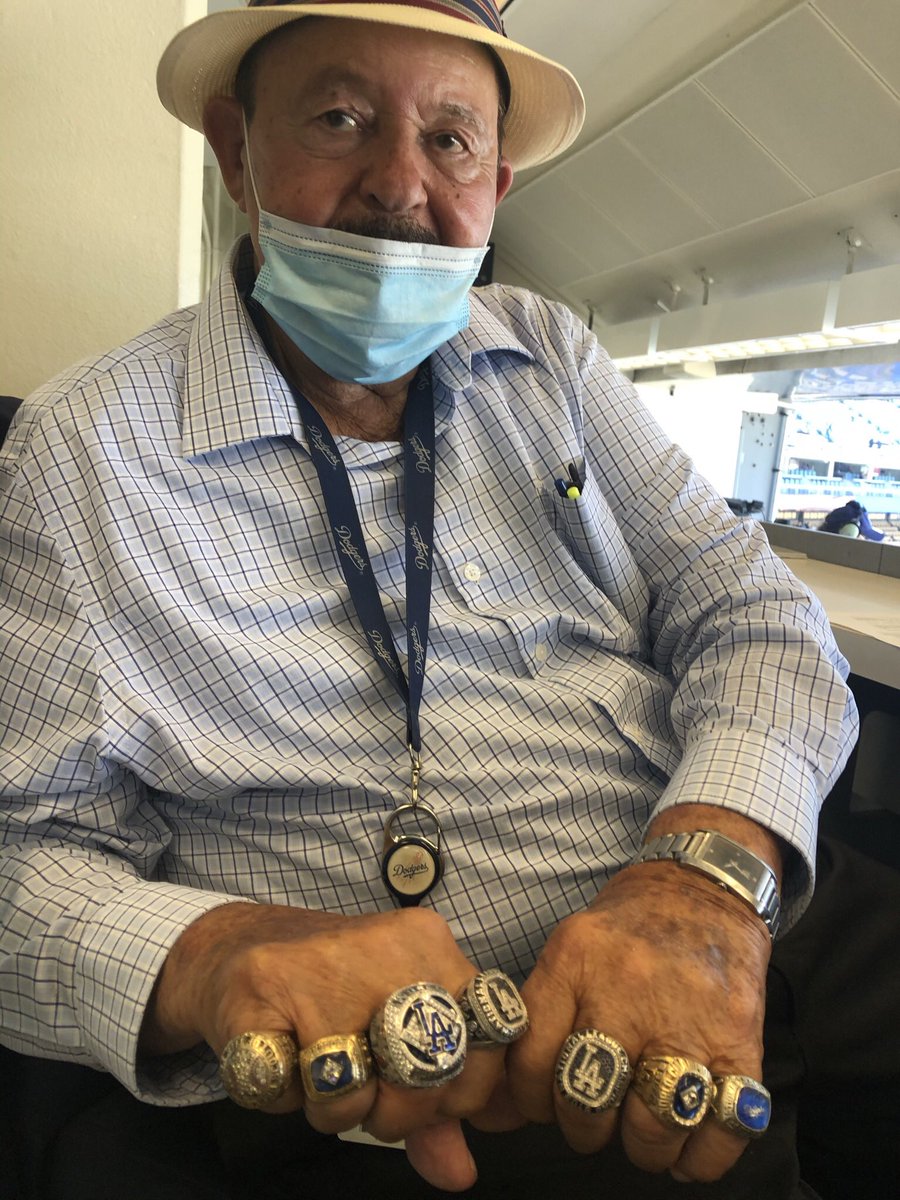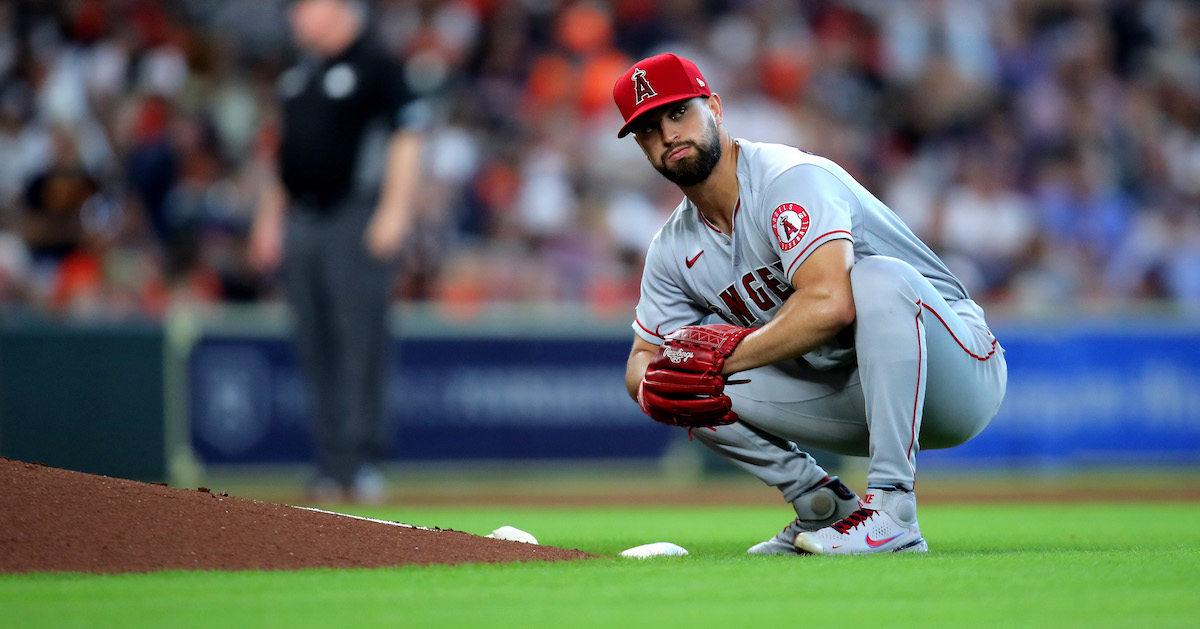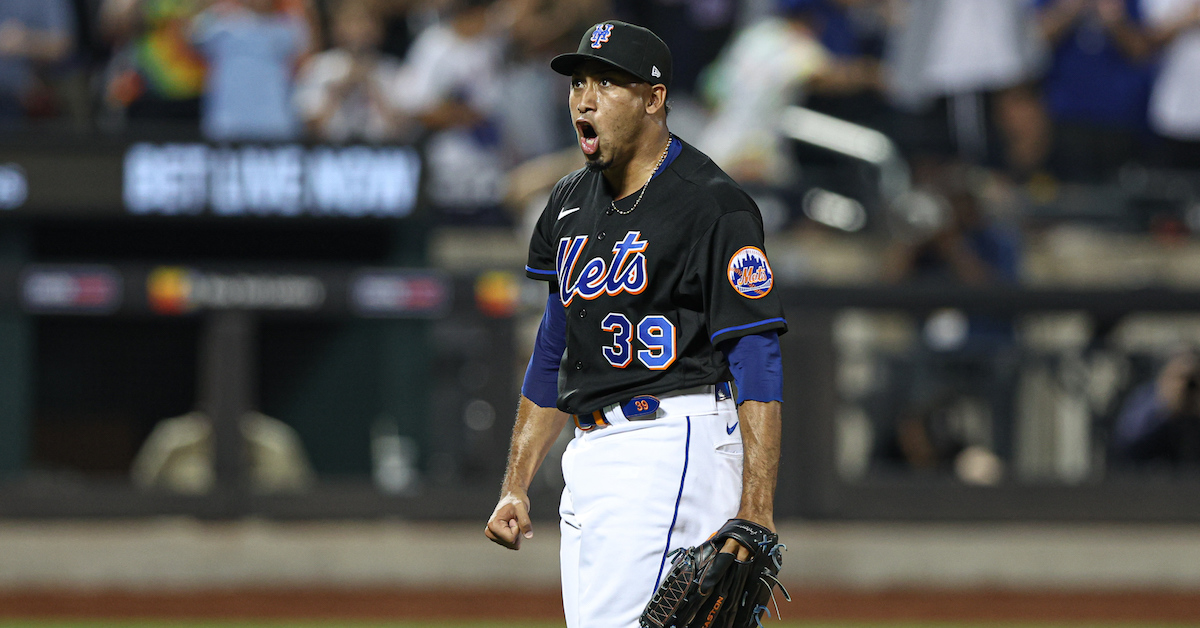Effectively Wild Episode 1873: Puke and Rally Cap

Ben Lindbergh and Meg Rowley banter about Ben’s unfortunate Brussels sprouts incident, then answer listener emails about the ballparks with the most and least locations where a ball would be a home run only in that park, the Rays’ MLB-leading outs on the bases, the Orioles’ possibly improved pitcher development, a loaner-type trade where a player is his own player to be named later, how to define a comeback, “batters” vs. “hitters,” whether a team can really win without ever holding a lead, whether we’ll ever see another walk-off home run single, why a walk-off ground rule “double” is scored as a single, the legality of applying a tag with a piece of clothing instead of a glove, and a possible Ohtani rule loophole that could theoretically allow Shohei Ohtani to bat twice in a row, plus (1:18:32) a Past Blast from 1873.
Audio intro: Donna Summer, “End of the Week”
Audio outro: Pasek & Paul, “Come to a Party”
Link to article about digesting Brussels sprouts
Link to B-Ref team baserunning page
Link to list of players traded for themselves
Link to win expectancy calculator
Link to tweet about Astros not trailing
Link to Jake Mailhot’s power rankings post
Link to Ventura’s grand-slam single
Link to Judge’s walk-off homer
Link to article about fans storming field
Link to Reddit thread about fans storming field
Link to Chambliss homer video
Link to Disco Demolition Night podcast
Link to Alfaro’s walk-off non-double
Link to explainer of walk-off non-doubles
Link to Jones discussing “Crazy Train”
Link to Richard Hershberger’s Strike Four
Link to Bull Durham clichés scene
Link to EW emails database
![]() Sponsor Us on Patreon
Sponsor Us on Patreon
![]() Subscribe to Stathead (Code: WILD20)
Subscribe to Stathead (Code: WILD20)
![]() Facebook Group
Facebook Group
![]() Twitter Account
Twitter Account
![]() EW Subreddit
EW Subreddit
![]() Effectively Wild Wiki
Effectively Wild Wiki
![]() iTunes Feed (Please rate and review us!)
iTunes Feed (Please rate and review us!)
![]() Get Our Merch!
Get Our Merch!
![]() Email Us: podcast@fangraphs.com
Email Us: podcast@fangraphs.com
Podcast (effectively-wild): Play in new window | Download
Subscribe: RSS


 man and such a calm, friendly person.
man and such a calm, friendly person. 





